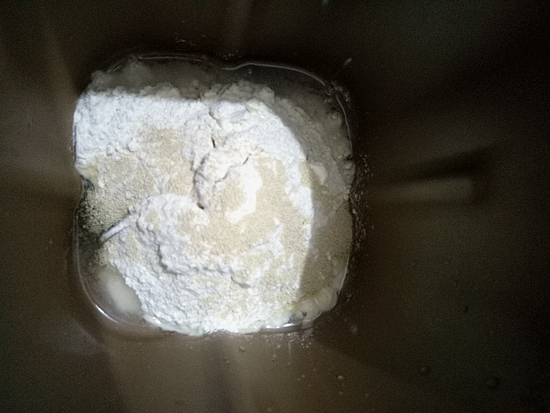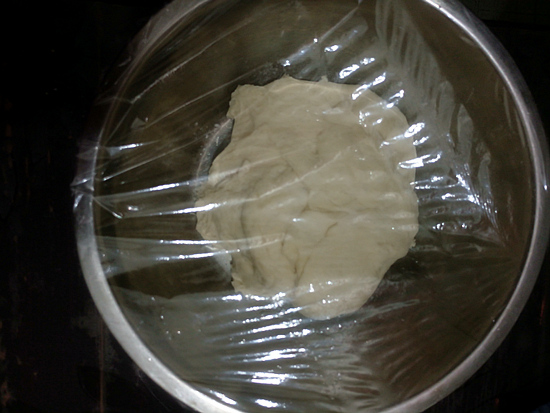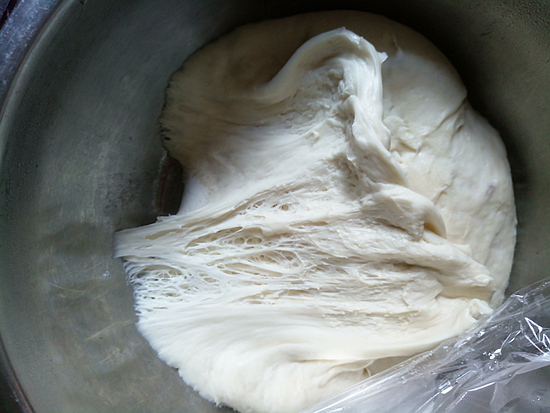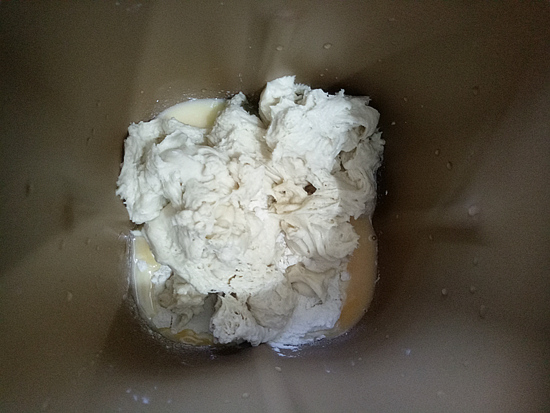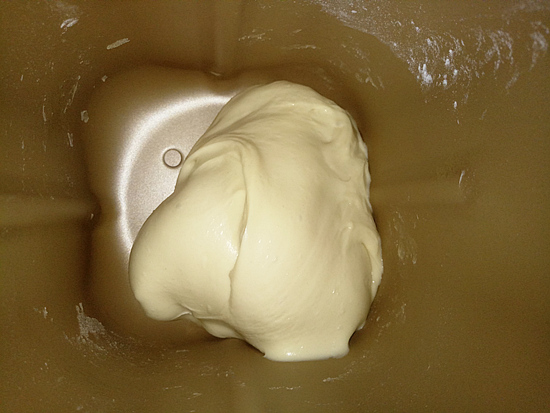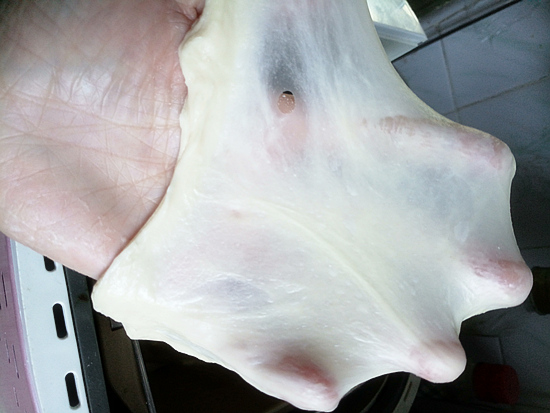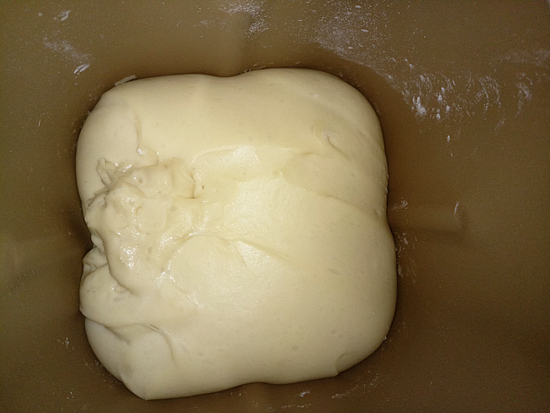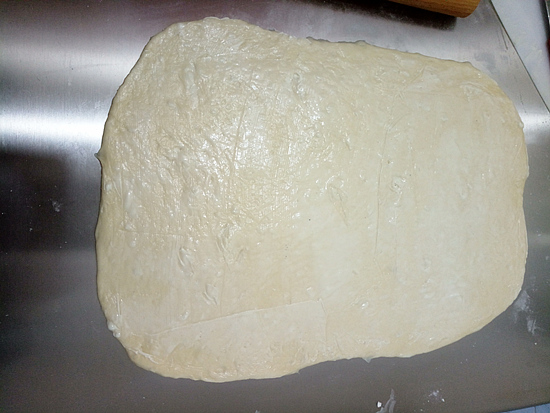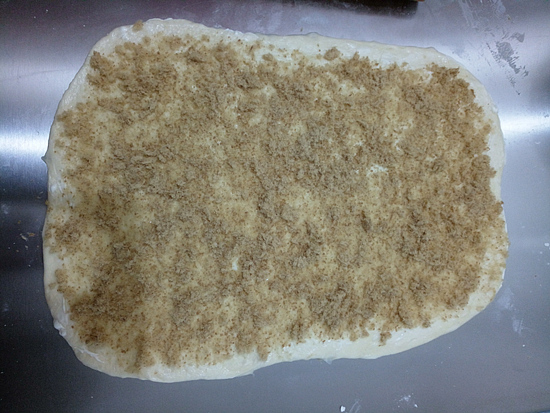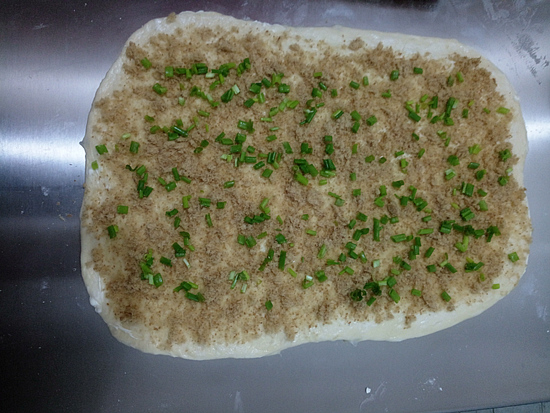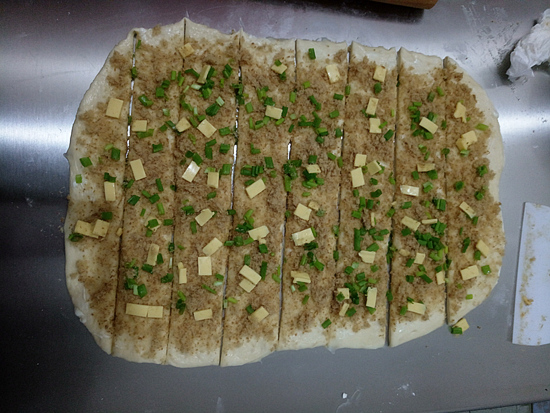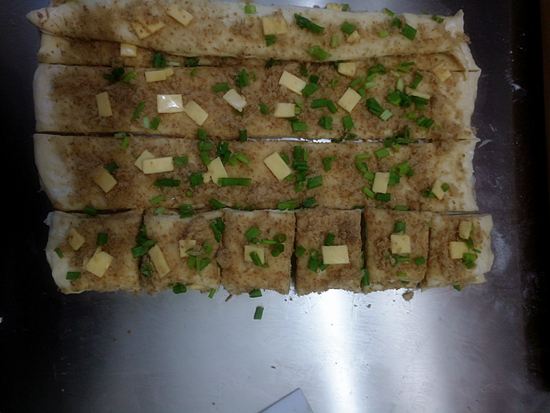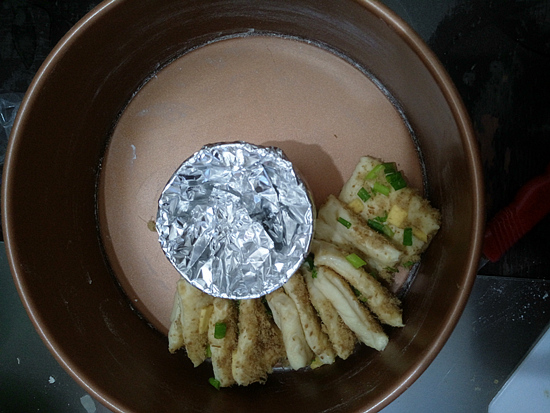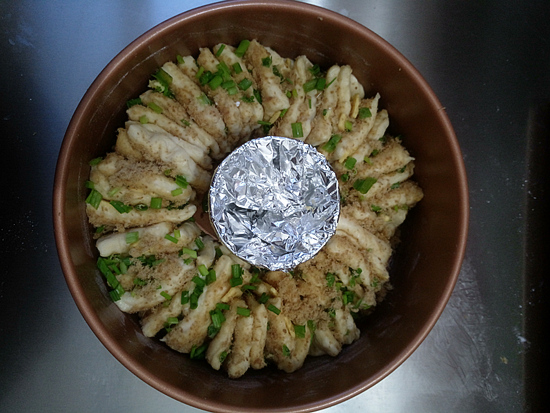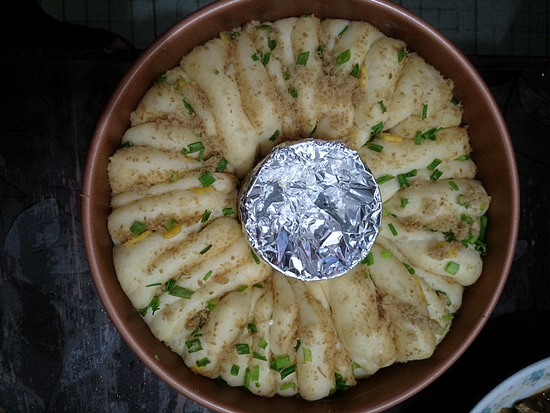Shredded Pork Floss Bread
1.
All the ingredients of the middle kind of dough are put into the bread machine and kneaded into a smooth dough.
2.
When the room temperature is low, it needs to ferment for half an hour to an hour at room temperature, and then put it in the refrigerator. When the weather is warm, you should pay attention to the mixing of the bread machine to increase the temperature of the noodles. It is best to refrigerate the ingredients or use ice water (after the dough is made, you can put it in the refrigerator directly or at room temperature for a few minutes).
3.
Take out the middle seed dough from the refrigerator the next day. If the fermentation volume is not large, you can continue to ferment at room temperature until it is at least twice as large as the original volume and has obvious cellulite. It doesn't matter if there is a slightly sour or alcoholic taste. If it is summer, it can be used directly after a few minutes of warming up.
4.
Put the main dough ingredients into the bucket of the bread machine in the order of liquid first and then flour (except butter) (in winter, the room temperature is low, no salt or reduction is needed), and the medium-type dough is cut into small pieces and added. Start the bread machine kneading program, knead until it is basically smooth, you can pull out a slightly thicker film (the complete kneading program is not necessary, as long as the dough is smooth, you can pull out the thick film. My bread machine is the first stage of kneading for 7 minutes ).
5.
Add the softened butter and restart the kneading process.
6.
This bread can be kneaded to the expansion stage, not the complete expansion stage.
7.
You don't have to pull out the thin glove film, of course some films will be softer.
8.
Turn on the bread machine fermentation program, about half an hour (room temperature in summer is good), do not have to be twice as large. If the middle kind of dough is not sufficiently fermented, you can slightly increase the time while continuing to ferment. On the contrary, if the medium-type dough is too fermented (that is, some sour and wine-like), shorten the time correspondingly while continuing to ferment.
9.
Take the dough out of the bread machine, press to exhaust, and relax for 10 minutes. Roll out the loosened dough into a rectangular slice. If the dough is wet and sticky, you can use a little powder or a thin layer of oil for easy operation
10.
Spread a layer of salad dressing on the rolled noodles,
11.
Sprinkle some pork floss
12.
Sprinkle with chives
13.
Cut the cheese slices into small cubes and sprinkle (you can also use mozzarella cheese sticks, the filling here is adjusted according to your own taste.). Use a dough cutter or spatula to cut into strips about 4 cm wide.
14.
Stack two or three long strips and cut them into small squares. The length of the long strip is shorter, so the floss will not fall off easily when taking it. (You can also cut into strips first, sprinkle pork floss on one, and stack another layer to find a way that suits you.)
15.
The small squares are placed neatly into the mold one by one. If it is an anode non-stick chiffon mold, put a layer of flour or oil on the bottom and sides to prevent sticking. The dough sheet can also be placed sideways, at will. Here, it is best to use a hollow mold. If there is no hollow, just like me, wrap an empty can or paper tube with tin foil in the middle.
16.
Arrange the dough, throw all the stuffing that fell on it, don't waste it.
17.
Put it in the oven to ferment. When the dough is about to ferment, preheat the oven to 165 degrees in advance.
18.
Heat the oven up and down at about 165 degrees, and bake for 45 minutes. When the surface is slightly colored, it should be covered with tin foil. For the carbon steel mold I use, the baking time is longer. If it is an aluminum chiffon mold, please reduce it by about 10-15 minutes. After being out of the oven, move the bread to the grilling net to cool and immediately put it into a fresh-keeping bag and seal it for storage.

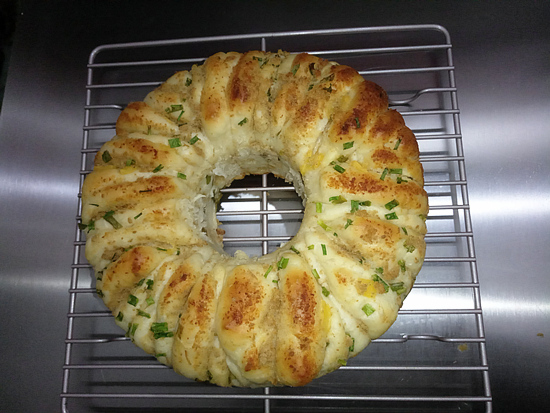
Tips:
1. Reserve about 10% of the amount of water for the main dough and noodles, because different brands of flour have different water absorption properties, so you can decide whether to add water according to the dryness and wetness of the dough. It doesn't matter if the middle kind of dough is wet, but don't get too wet.
2. Different oven brands have different temperature differences. Adjust the time and temperature appropriately according to your own oven.
3. The continuation of fermentation in step 8 is different from the first fermentation of ordinary bread. It doesn't have to be twice as big, as long as it feels good after half an hour, and it will not rebound immediately after light pressure with your hand (in fact, it is equivalent to The second post). However, if the dough of the middle kind of dough has been a little bit sour, the continued fermentation of this step will shorten the time for some time.


